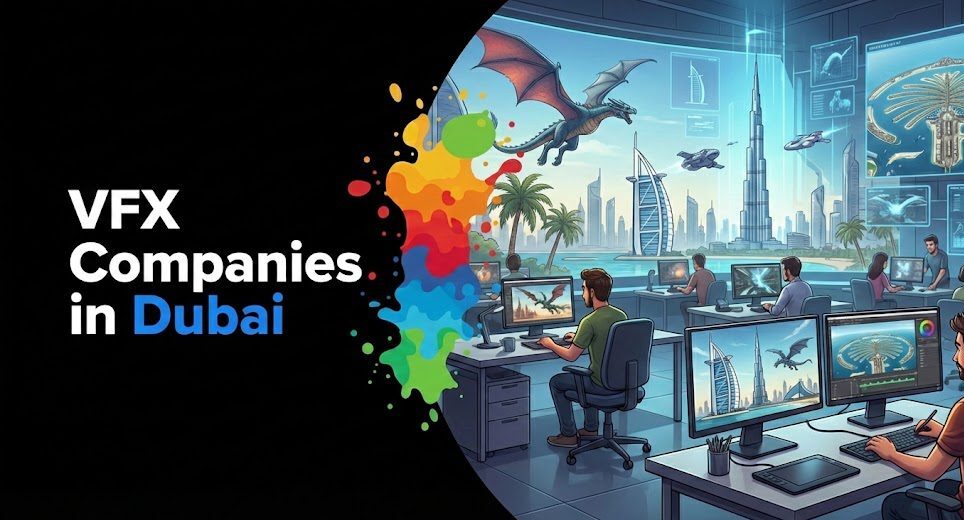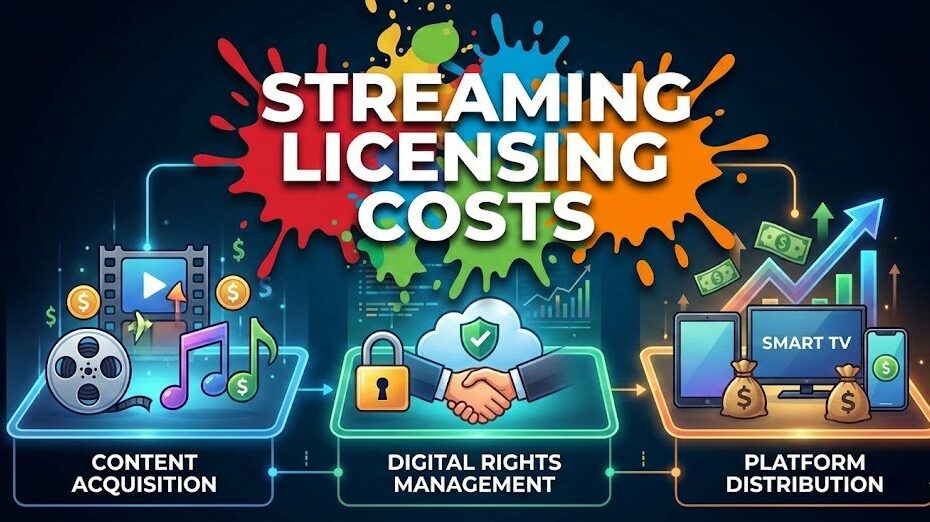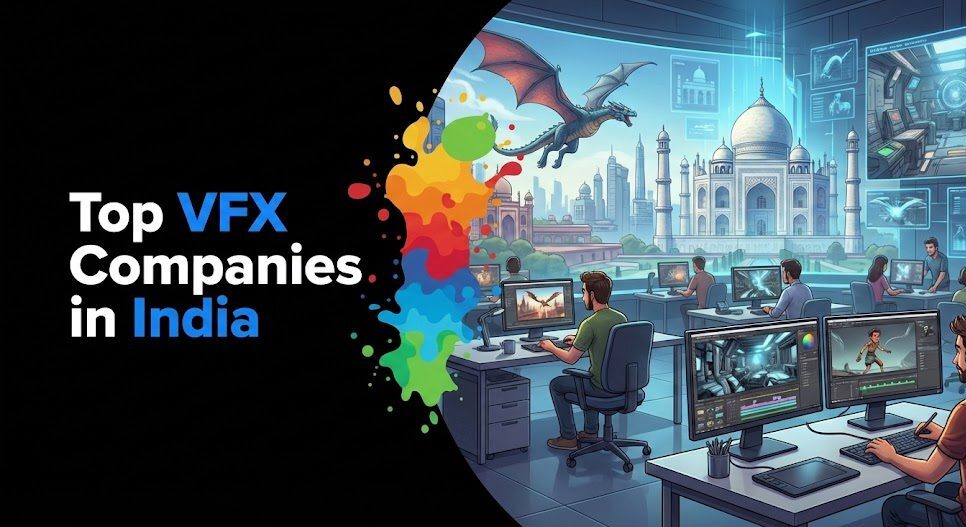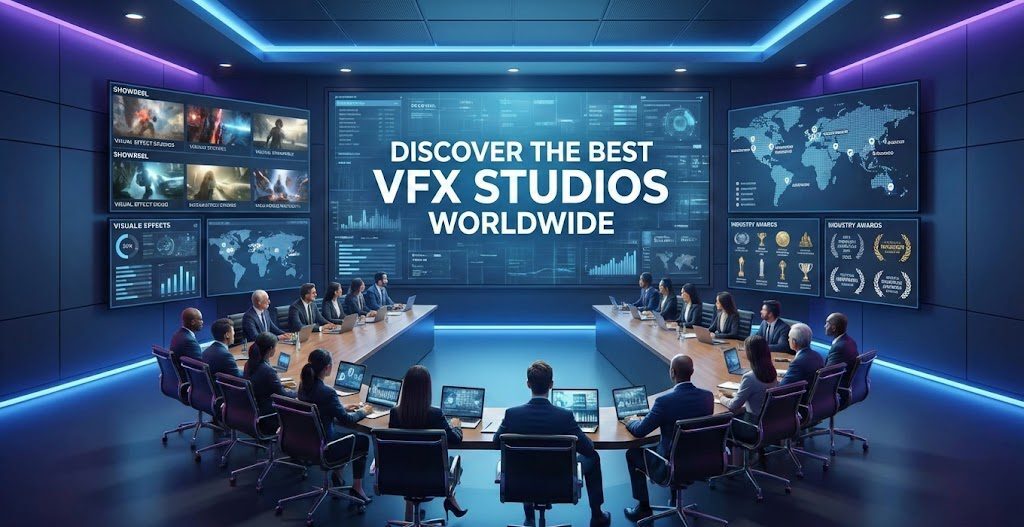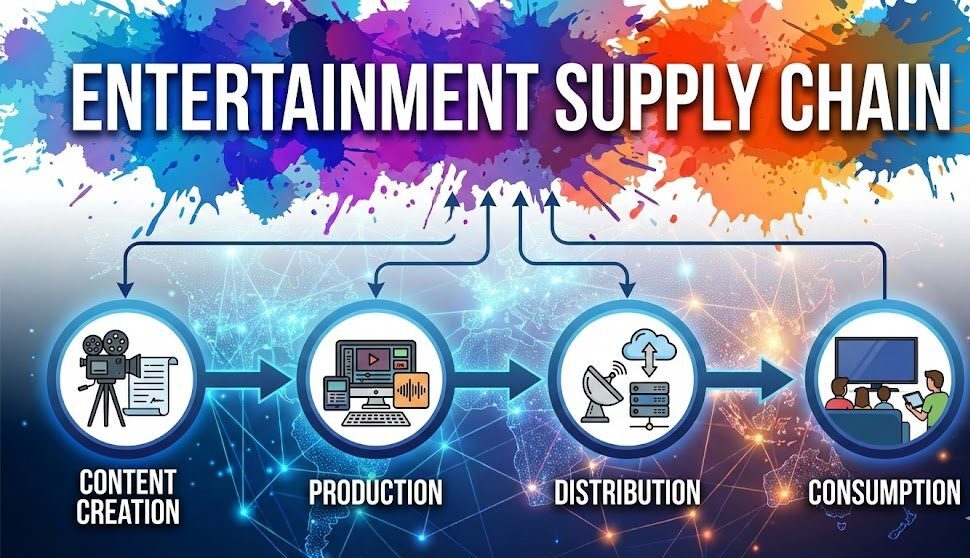Introduction
Movie companies form the backbone of the entertainment industry, creating captivating stories that resonate with global audiences. From major players like Universal Pictures and Warner Bros. to independent studios breaking ground with innovative narratives, these organizations are the creative and operational forces driving the film world forward.
This article explores the evolving dynamics of movie companies, their challenges, emerging trends, and how tools like Vitrina.ai are empowering the entertainment supply chain.
Table of content
- Introduction
- Movie Companies
- Market Dynamics and Trends
- Production and Creative Operations
- Tools and Technology in Movie Companies
- Business Strategies and Revenue Models
- Independent vs. Major Movie Companies
- Sustainability and Ethics
- Vitrina.ai’s Role in Supporting Movie Companies
- Measuring Success and Future Outlook
- Conclusion
- FAQs
Streamline Your Film Localization!

1. Movie Companies
What Are Movie Companies?
Movie companies are organizations involved in producing, distributing, and promoting films. The industry is dominated by the Big Five studios—Universal Pictures, Warner Bros., Walt Disney Pictures, Paramount Pictures, and Columbia Pictures—while independent studios carve niches with unique content.
Revenue Models of Movie Companies
Revenue streams include box office collections, streaming rights, licensing, and merchandising. For instance, Disney generated billions through its Star Wars and Marvel franchises, combining theatrical releases with merchandising and streaming.
Challenges in 2024
- Streaming Competition: Platforms like Netflix and Amazon Prime are reshaping distribution models, pushing traditional companies to innovate.
- Rising Costs: From production to marketing, expenses continue to climb.
- Sustainability: Green filmmaking practices are becoming a priority but often add logistical hurdles.
2. Market Dynamics and Trends
Impact of Streaming Platforms
Streaming giants have disrupted traditional revenue models, with hybrid releases becoming common. Warner Bros., for instance, pioneered simultaneous theatrical and streaming releases during the pandemic.
Trends in 2024
- Regional Market Growth: Markets like Asia and Latin America are driving new investments.
- AI-Driven Insights: Predictive analytics helps studios forecast audience preferences.
Emerging Markets
Africa and Southeast Asia are emerging as storytelling hubs, attracting global producers.
3. Production and Creative Operations
Co-Production Opportunities
Co-productions allow shared resources and market expansion. A notable example is The Lord of the Rings, which benefited from partnerships in New Zealand.
Creativity vs. Profitability
Studios face a balancing act—high-budget films like Avatar must achieve box office success to justify costs.
Cultural Diversity in Storytelling
Localization is vital, as seen with Marvel’s Shang-Chi, which resonated with global audiences due to its cultural authenticity.
Expand Your Production Network!

4. Tools and Technology in Movie Companies
AI in Filmmaking
AI is revolutionizing production through tools like de-aging technology used in The Irishman.
Localization and Its Importance
Localization ensures films resonate with diverse audiences. Tools like SubSync streamline subtitling and dubbing, while Vitrina.ai connects localization vendors with global buyers.
5. Business Strategies and Revenue Models
Global Market Expansion
Acquisitions and partnerships drive growth. Disney’s purchase of Fox added franchises like X-Men and Avatar to its portfolio.
Distribution Channels
The hybrid model combining theatrical and digital releases is becoming a norm.
Intellectual Property (IP) Management
Protecting and monetizing franchises like Harry Potter is key for long-term profitability.
6. Independent vs. Major Movie Companies
Collaboration with Major Studios
Independent producers often pitch projects to major studios, facilitated by platforms like Vitrina.ai.
Competitive Edge of Indie Studios
Studios like A24 have gained prominence through unique storytelling, as seen in Everything Everywhere All at Once.
7. Sustainability and Ethics
Green Filmmaking Practices
Universal Pictures has embraced renewable energy on sets, reducing carbon footprints.
Addressing Diversity
Films like Black Panther have redefined representation in Hollywood.
8. Vitrina.ai’s Role in Supporting Movie Companies
Connecting Producers and Studios
Vitrina.ai bridges gaps between independent creators and major players, facilitating co-productions.
Market Insights for Decision-Makers
With real-time data on global projects, Vitrina.ai enables informed decision-making for localization and distribution.
9. Measuring Success and Future Outlook
Metrics for Success
- Box Office Revenue: Still a key indicator.
- Audience Engagement: Streaming metrics like watch hours.
Future Trends by 2025
- AI-driven localization tools.
- Growth in VR and immersive storytelling.
Conclusion
Movie companies are adapting to a rapidly changing entertainment landscape, balancing creativity, profitability, and innovation. Tools like Vitrina.ai are transforming how industry professionals connect, collaborate, and thrive in this competitive space.
Frequently Asked Questions
Movie companies are organizations involved in producing, distributing, and promoting films for global audiences.
Movie companies generate revenue through box office sales, streaming rights, licensing, merchandising, and syndication.
Localization involves adapting movies for different cultures and languages through dubbing, subtitling, and cultural adjustments to reach diverse audiences.
Vitrina.ai connects filmmakers with distributors, provides market insights, and simplifies the localization process for global releases.
Emerging markets, AI-driven analytics, hybrid release models, and a focus on sustainability are some of the key trends.



























